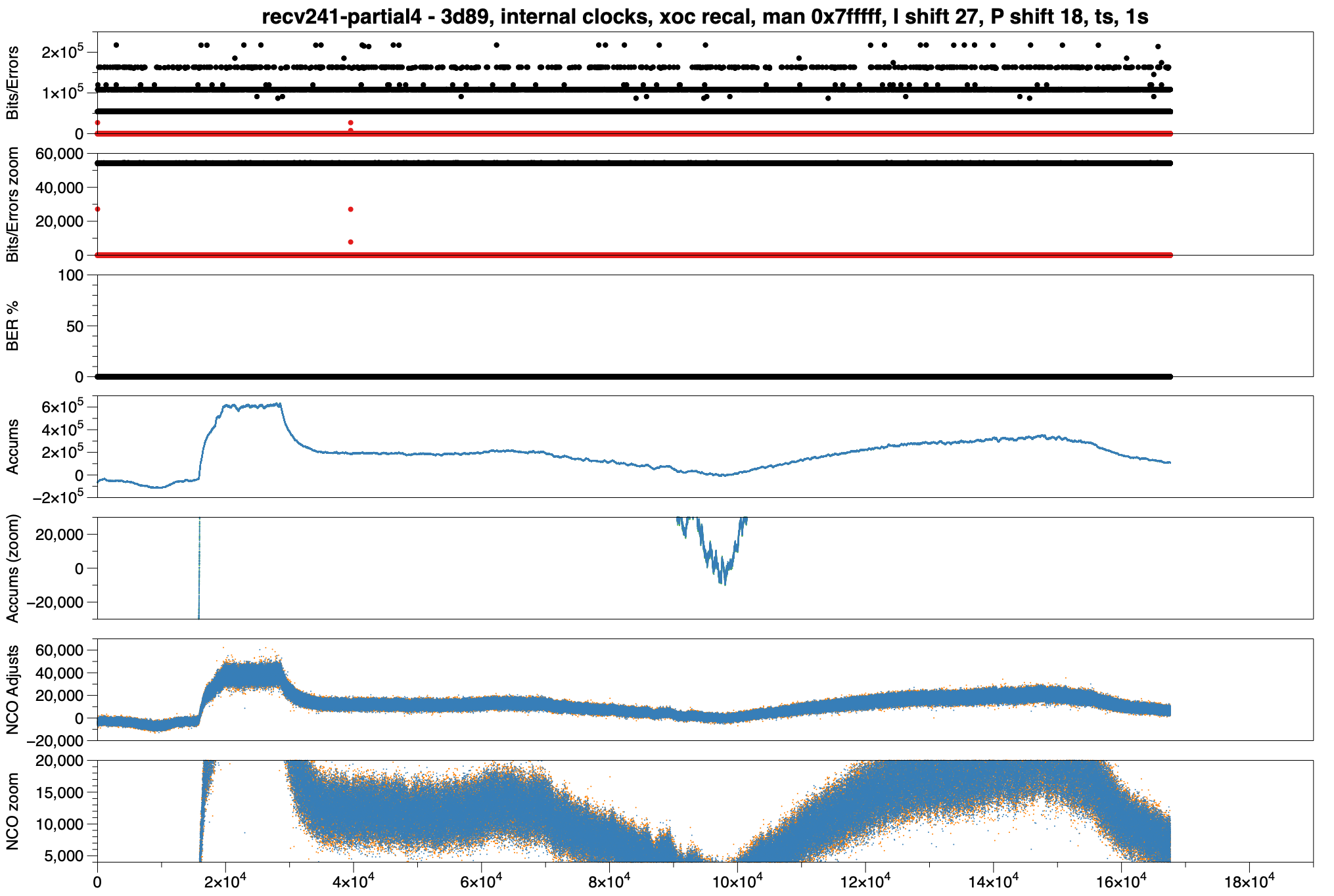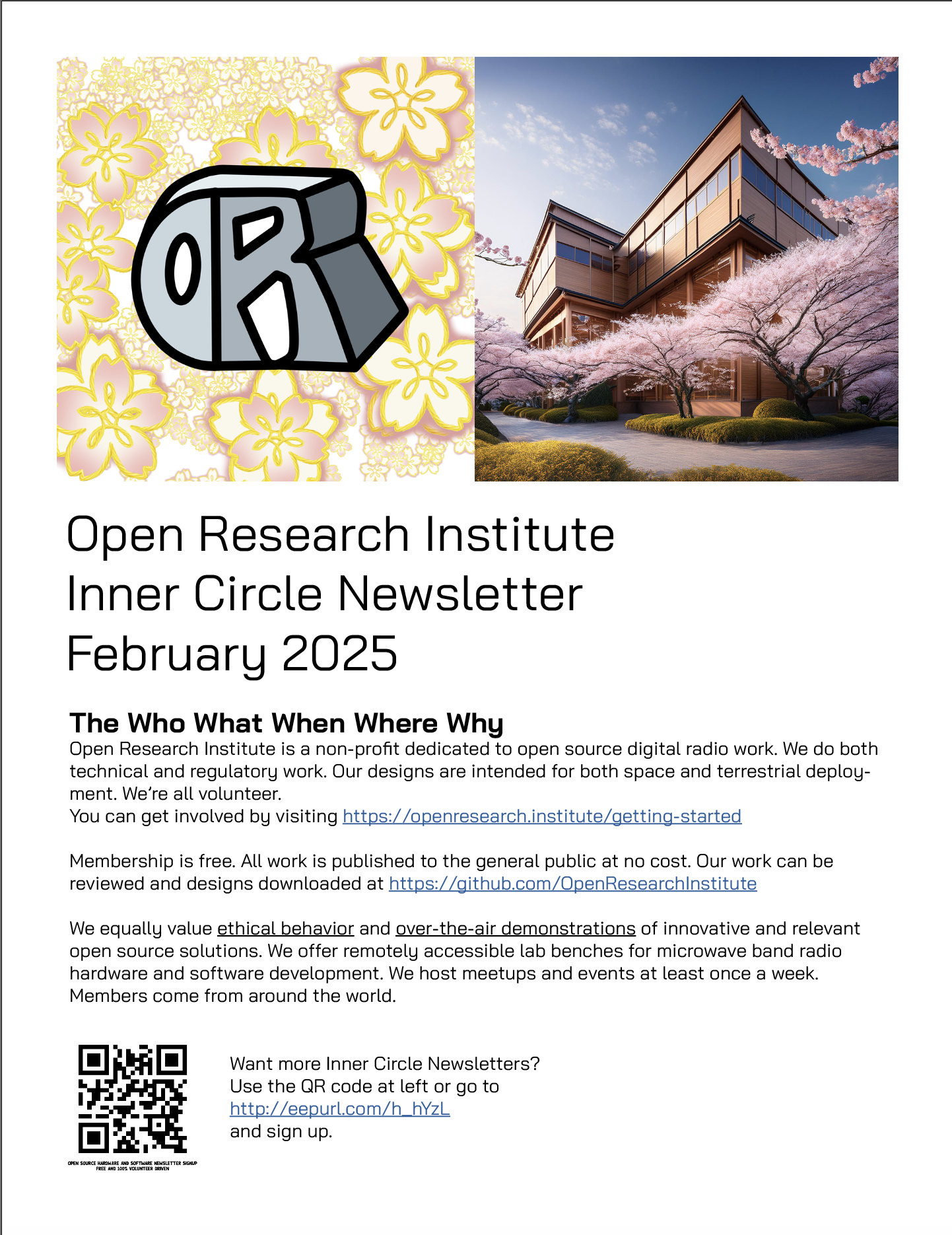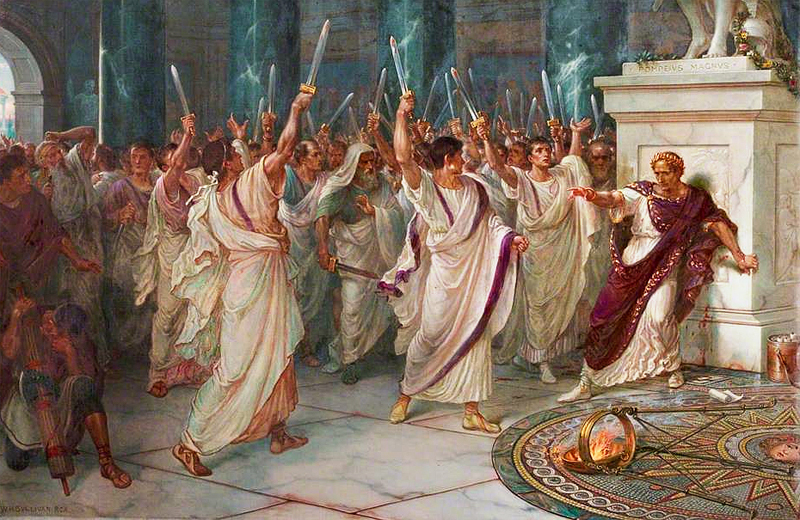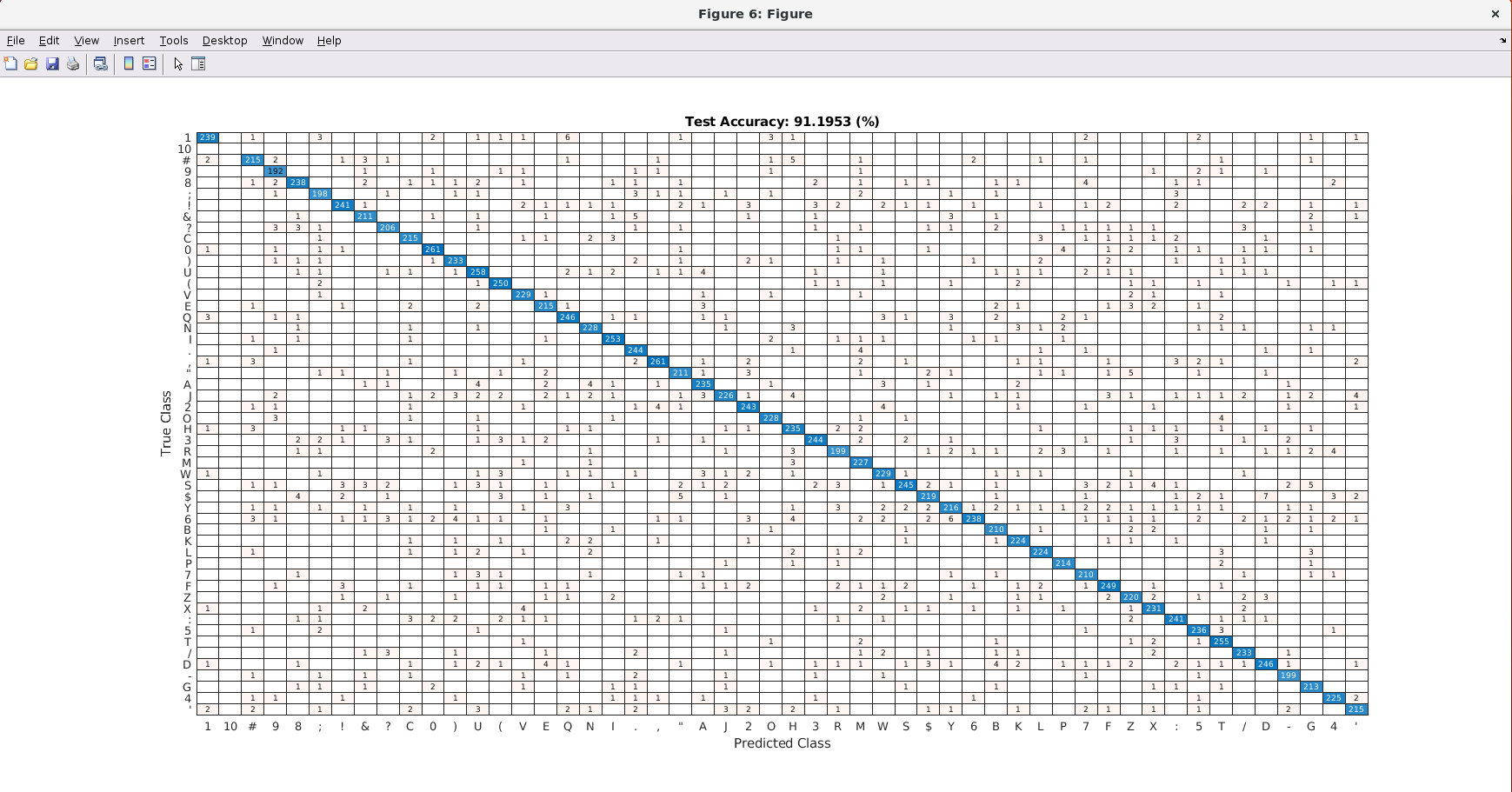Successful Earth-Venus-Earth Amateur Communications
Greetings all!
You probably know about our recent link budget work for Earth-Venus-Earth (EVE) communications. The event happened this past weekend. Congratulations to Dwingeloo and Stockert for successful signal detection! This is an achievement that has not been accomplished in the amateur service since 25 March 2009 by AMSAT-DL at Bochum Radio Telescope in Germany. Given that the anniversary of this remarkable achievement is tomorrow, then the news we are able to share is delightful indeed.
Here are some initial reports:
Here is Dr. Wolfgang Herrmann’s Earth-Venus-Earth (EVE) report on the Society of Amateur Radio Astronomers (SARA) email list
Here is Dwingeloo’s report from their website (very nice mention of ORI!)
Deep Space Exploration Society (DSES) attempted detection with a transmission, but the signal was not received.
If you would like to join the effort to make the most of the October 2026 inferior conjunction, then the time to join is now.
The goal is to move beyond detection into communication. This challenge is very difficult.
ORI’s link budget work can be found here: github.com/OpenResea…
ORI’s goal for this document is to continue its educational and predictive role for interplanetary communications in space, and to spark interest and activity in EME and EVE efforts. People that want to do amateur radio satellite communications need resources that explain the communications channels of space in an accessible and citizen-science friendly manner.
If you know someone that might want to be a part of this mission, then please direct them to openresearch.institute/getting-s…
Or, file an issue or pull request to improve the link budget. We value your opinions and expertise.






